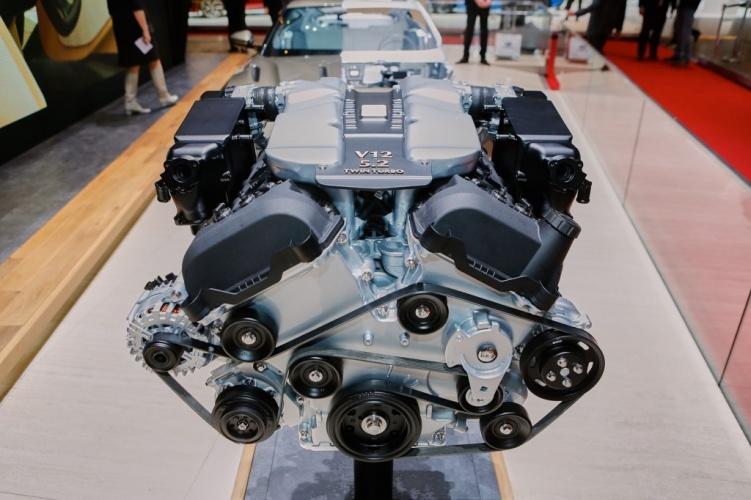Grainger & Worrall (GW), an engineering company and automotive castings specialist, has secured a contract with luxury car manufacturer Aston Martin to manufacture engine blocks of Aston Martin’s DB11 using modern enterprise-grade 3D printers and technologies.
Aston Martin’s DB series, which includes the company’s signature designs and iconic cars, still remains as one of the most valuable product lines of the multi-billion dollar firm. DB, which is short for David Brown, represents a time in history in which Brown purchased the financially struggling Aston Martin for just over $25,000 to rebuild its legacy.
The majority of engines featured in the DB series are extremely high performance. Specifically, the DB 11 model Grainger & Worrall has been selected to design is set to have a 48-valve V12 twin-turbocharged engine that can reach the speed of 100 km/h in just 3.9 seconds. The $160,000 car, which is expected to be released in the fourth quarter of 2016, will be Aston Martin’s most efficient and powerful automobile to date, with the fastest-accelerating and most fuel-efficient engine.
Aston Martin CEO Andy Palmer stated that the DB 11 model is going to be the best performing car of the company’s history.
“A brand new bonded aluminium platform, clever aerodynamics, a new characterful twin-turbo V12 and class-leading infotainment systems are just a few aspects which make this the sports car that will proudly spearhead Aston Martin’s second century plan,” said Palmer.
Considering the history of Aston Martin dedicated to the development and creation of the DB11 model, the utilization of the 3D printing technology as a main component of its engine’s manufacturing process is notable.
Grainger & Worrall has collaborated with Aston Martin for decades prior to the contractual agreement for the DB11 engine development. If the company successfully and efficiently integrates 3D printing as a core part of the manufacturing phase, it is likely that Aston Martin will continue to use 3D printers for the creation of custom-made frames and engine components, among other products.
“GW’s precision sand casting process, developed specifically for the engines manufactured, delivers accurate, high integrity parts with increased design freedom,” said Edward Grainger, managing director of prototypes at GW. “Utilising the latest real-time x-ray and CT scanning capabilities in parallel ensures exacting and reliable quality development process.”
Discuss in the Aston Martin forum at 3DPB.com.
[Source: The Engineer / Aston Martin]
